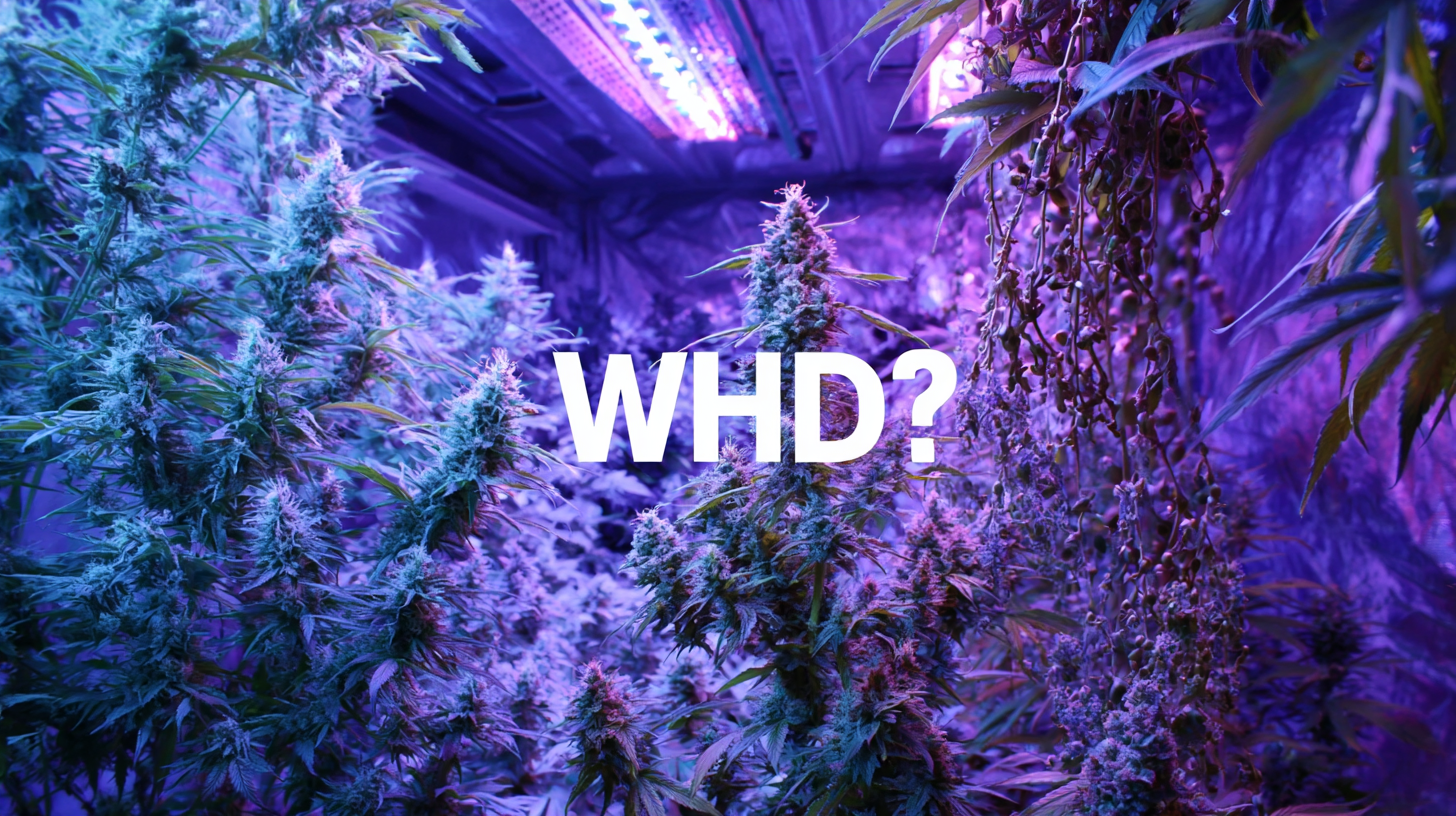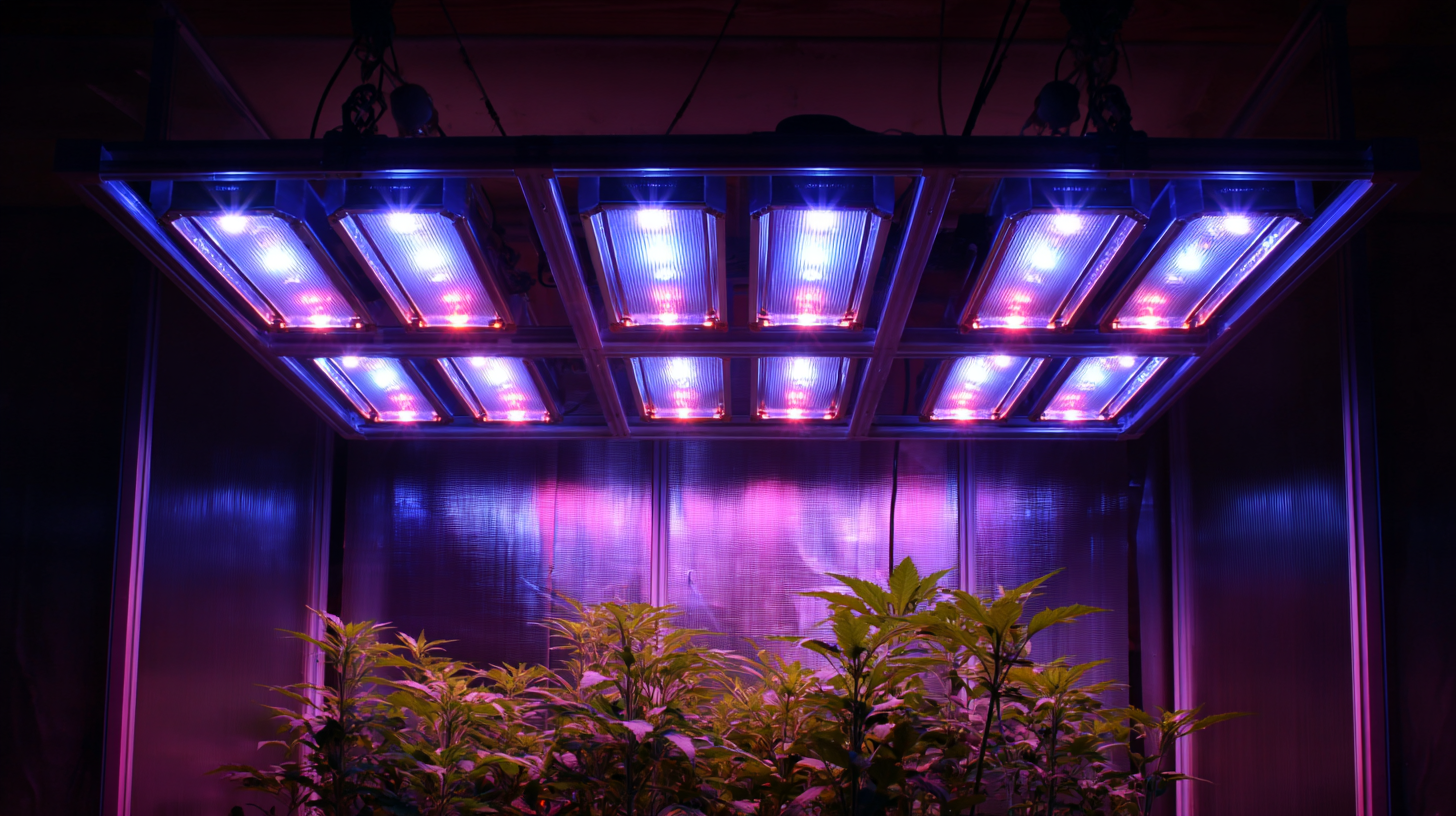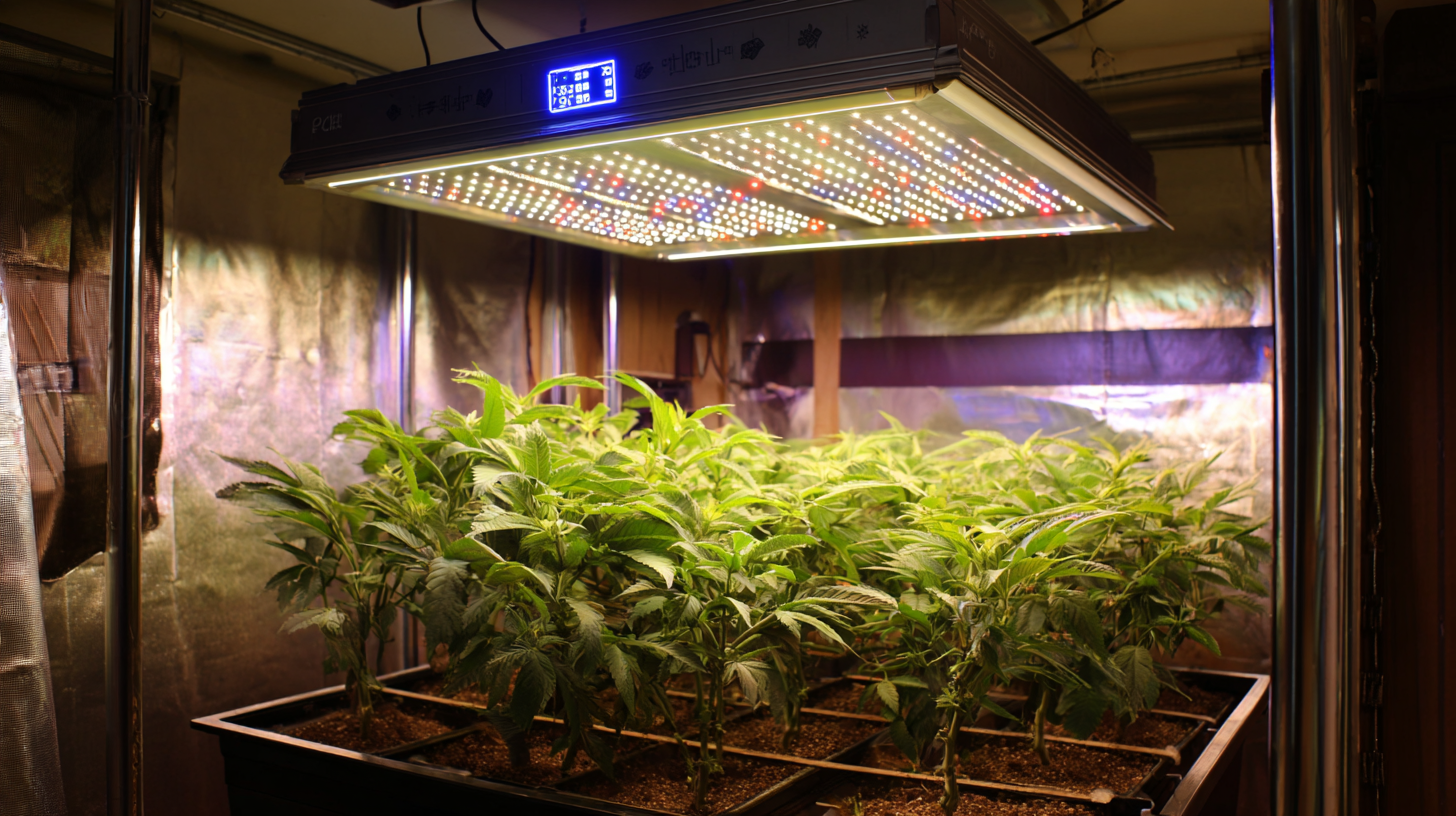Exploring Unique Alternatives to Best Led Grow Light for Your Indoor Garden
As indoor gardening gains popularity, enthusiasts are increasingly seeking innovative ways to cultivate plants in limited spaces, often turning to technology for assistance. Among the myriad of tools available, the LED grow light has emerged as a favorite, providing a spectrum of light ideal for plant growth. However, while traditional LED grow lights are effective, they are not the only option for aspiring indoor gardeners. In this blog, we will explore unique alternatives that can enhance your indoor gardening experience, offering both efficiency and creativity. From alternative lighting solutions to natural approaches that complement the primary use of LED grow lights, we aim to provide you with valuable tips and intriguing suggestions that can transform your gardening practices. Join us as we delve into this exciting journey of reimagining indoor gardening and discover the possibilities that lie beyond conventional grow lights.

Innovative Light Sources: Beyond Traditional LED Grow Lights
In the evolving agricultural landscape, innovative light sources beyond traditional LED grow lights are increasingly being explored to boost indoor gardening productivity. The global market for agricultural and horticultural lighting is projected to expand significantly, driven by the rising need for efficient energy solutions and advanced farming techniques. According to recent industry reports, the market size is expected to witness a compound annual growth rate (CAGR) of approximately 20% through 2030, highlighting the shift towards versatile lighting solutions that cater to diverse growing conditions.
Among the alternatives being studied, technologies such as high-intensity discharge (HID) lamps and fluorescent lighting are regaining attention due to their cost-effectiveness and broad spectrum output. Specialized products like ceramic metal halides (CMH) and induction lights are also emerging, offering high lumen output and longevity compared to traditional options. Insights indicate that these alternatives can significantly enhance photosynthetic efficiency and plant health, providing valuable options for growers looking to optimize their indoor gardens beyond standard LED configurations. With increased adoption, these innovative light sources are positioned to reshape the agricultural lighting market and contribute to sustainable farming practices.
Comparative Analysis of Innovative Light Sources for Indoor Gardening
The Role of UV and IR Lighting in Indoor Plant Growth
 In the realm of indoor gardening, the significance of light transcends mere illumination; it is a driving force behind healthy plant growth. Recent advancements highlight the potential of ultraviolet (UV) and infrared (IR) lighting in cultivating thriving indoor gardens. UV light, often underrated, serves not only in the photosynthesis process but also influences various plant physiological responses, such as stress tolerance and essential oil production. Incorporating UV light into your growth regimen can thus enhance both the quality and vitality of your plants.
In the realm of indoor gardening, the significance of light transcends mere illumination; it is a driving force behind healthy plant growth. Recent advancements highlight the potential of ultraviolet (UV) and infrared (IR) lighting in cultivating thriving indoor gardens. UV light, often underrated, serves not only in the photosynthesis process but also influences various plant physiological responses, such as stress tolerance and essential oil production. Incorporating UV light into your growth regimen can thus enhance both the quality and vitality of your plants.
Moreover, innovative technologies have emerged, such as films that convert UV light to red light, which accelerate plant growth dramatically. These specialized films utilize UV light to stimulate growth more efficiently, showcasing how manipulating light wavelengths can optimize plant health. On the other end of the spectrum, IR lighting plays a crucial role in regulating temperature and aiding in cellular processes. Together, UV and IR lighting not only nurture plants but also offer dynamic solutions for creating an ideal growth environment. As indoor gardening techniques evolve, harnessing these unique lighting alternatives will undoubtedly redefine what it means to cultivate plants indoors.
Exploring Alternative Technologies: Fluorescent vs. LED Grow Lights
When it comes to indoor gardening, choosing the right lighting is crucial for optimal plant growth. While
LED grow lights dominate the market due to their energy efficiency and longevity,
fluorescent lights offer a compelling alternative that can be overlooked. With a unique spectrum of light,
fluorescent grow lights can effectively support seedling development and enhance photosynthesis. They typically emit low heat,
making them suitable for a variety of plants, especially in confined spaces.
The choice between fluorescent and LED grow lights often depends on the specific needs of your indoor garden.
Fluorescent lights are generally more affordable upfront and can be an excellent option for hobbyists or those just starting their gardening journey.
However, LED lights tend to provide a broader spectrum and can be adjusted to better meet the various stages of plant growth.
They also draw less power and have a longer lifespan, making them a great long-term investment.
Ultimately, understanding the strengths of both technologies allows gardeners to make informed decisions that best suit their unique growing conditions and plant requirements.
Solar-Powered Grow Lights: Harnessing Nature for Indoor Gardens
In recent years, solar-powered grow lights have become a game-changer for indoor gardening enthusiasts. By harnessing the power of the sun, these lights provide a sustainable and eco-friendly alternative to traditional LED grow lights. They not only help in reducing energy consumption but also offer an effective way to supplement natural sunlight, especially during the darker months.
For those looking to integrate these lights into their indoor gardens, there are several tips to ensure optimal growth.
First, strategically positioning your solar-powered grow lights is crucial. Place them in areas where they can receive direct sunlight during the day to charge effectively. Monitoring the amount of light the plants receive is important; most plants thrive with around 12-16 hours of light daily. Additionally, consider investing in solar panels with adjustable angles. This allows you to maximize sunlight absorption throughout the day, catering to the growth needs of your indoor plants.
Another essential tip is to choose the right plant varieties that respond well to solar-powered grow lights. Some plants, like succulents and herbs, can flourish under these conditions. They require less intensity compared to flowering plants. Ensure you research which plants will thrive in your indoor environment, helping to create a vibrant and sustainable garden that flourishes naturally using solar energy.
Future Trends: Integrating Smart Technology in Indoor Lighting Solutions
The indoor gardening landscape is rapidly evolving, particularly with the integration of smart technology into lighting solutions. Future trends indicate that the demand for more efficient and automated systems is on the rise. According to a report by Grand View Research, the global smart lighting market is projected to reach $85.4 billion by 2027, with a significant portion driven by advancements in indoor gardening. Smart grow lights, equipped with sensors and connectivity features, allow gardeners to optimize their plants' growth conditions through smartphone apps, enabling real-time adjustments to light intensity and duration.
Moreover, the convergence of IoT and lighting technology is set to revolutionize how we approach indoor gardening. A study published in the Journal of Indoor Agriculture reveals that systems integrating artificial intelligence can predict plant needs based on environmental factors, significantly enhancing growth rates. For instance, using adaptive lighting schedules tailored to specific plant species can result in up to a 30% increase in yield, making smart lighting not only a futuristic convenience but also a practical investment for dedicated indoor gardeners. As these technologies continue to develop, the potential for creating highly responsive and energy-efficient gardening environments will unfold, offering exciting possibilities for both hobbyists and commercial growers alike.

